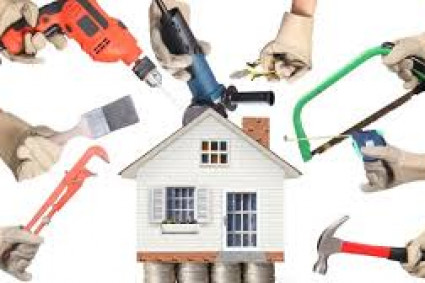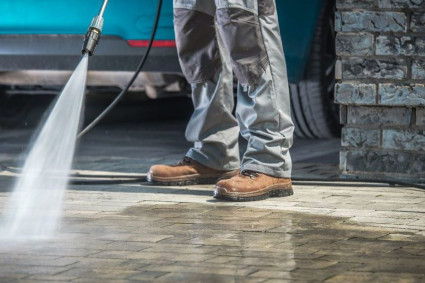
When the scorching summer heat arrives, your air conditioner becomes an essential lifeline for comfort. However, like any complex appliance, AC units can encounter problems that hinder their performance. Such a situation demands quick servicing from a professional AC Repair Fort Lauderdale technician.
But apart from professional repairs, you should also empower yourself with quick and effective DIY AC repair techniques. Ahead in this article, we’ll explore common AC issues and provide easy DIY fixes to troubleshoot them safely.
Safety First
Before you embark on DIY AC repairs, remember that safety should always be your priority. Turning off the power to the AC unit is crucial to prevent electrical accidents.
Additionally, wear appropriate protective equipment, such as gloves and safety glasses, to shield yourself from potential hazards.
Common AC Problems
- Uneven or Inadequate Cooling: One of the most common AC problems is uneven cooling or the AC failing to cool a room adequately. It can result from dirty air filters, blocked vents, or issues with the condenser unit.
- Strange Noises or Vibrations: Unusual sounds like rattling, grinding, or banging noises may indicate loose or damaged components. Vibrations could also result from imbalanced parts.
- AC Not Turning On: If your AC unit refuses to turn on, it might be due to a blown fuse, tripped circuit breaker, or a faulty thermostat.
- AC Constantly Turning On and Off: Known as short cycling, this issue could be caused by a clogged air filter, low refrigerant levels, or an oversized AC unit.
- Frozen Coils: Frozen evaporator coils can hinder the AC’s ability to cool. Common reasons include restricted airflow, refrigerant leaks, or dirty coils.
There’s no denying that AC Repair Fort Lauderdale experts can easily resolve these problems, but before you call in the professionals, make sure you perform simple DIY AC repairs.
DIY AC Repair Techniques
- Cleaning or Replacing Air Filters:
Dirty air filters can obstruct airflow, resulting in poor AC efficiency. To clean or replace filters, follow these steps:
- Turn off the AC and locate the air filter compartment.
- Remove and gently clean the filters with mild soap and water if they are reusable. Allow it to dry completely before reinstalling.
- For disposable filters, replace them with new ones according to the manufacturer’s guidelines.
- Clearing Condenser Unit:
Outdoor condenser units can accumulate dirt, leaves, and debris, resulting in poor airflow. Follow these simple steps to clean it:
- Turn off the power supply to your air conditioner.
- Carefully remove debris and vegetation around the unit.
- Use a garden hose to spray water through the fins from the inside out to dislodge dirt and dust.
- Checking and Clearing Condensate Drain Line:
A clogged condensate drain line can cause water leakage and damage. Follow these steps to clear it:
- Locate the drain line and remove any visible clogs.
- Use a wet-dry vacuum to suction out stubborn clogs gently.
- Pour a mixture of equal parts water and vinegar through the drain to clear any remaining debris.
- Inspecting and Cleaning Evaporator Coils:
Dirty evaporator coils hinder heat transfer and cooling. Clean them using these steps:
- Access the coils by removing the panel in front of the evaporator.
- Gently clean the coils using a soft brush or a coil cleaner spray.
- Inspecting and Replacing Capacitors:
Malfunctioning capacitors prevent AC motors from starting. Follow these instructions to inspect and replace them:
- Locate the capacitors on the control panel and check for signs of damage or bulging.
- If necessary, carefully replace the faulty capacitors with new ones.
- Troubleshooting Thermostat Issues:
A faulty thermostat can disrupt AC operations. Troubleshoot it with these steps:
- Check the thermostat’s batteries and replace them if needed.
- Dust off any debris or clean the thermostat if it has a touchscreen.
When to Call a Professional
While DIY AC repair techniques can resolve many common issues, some problems require professional attention from AC Repair Fort Lauderdale. Contact a licensed HVAC technician in the following scenarios:
- Refrigerant leaks and handling refrigerant.
- Compressor or motor replacements.
- Electrical or complex wiring issues.
- Persistent and unidentified problems.
Final Thoughts
With these quick and effective DIY AC repair techniques mentioned above, you can troubleshoot common issues and keep your AC running smoothly.
Remember to prioritize safety and hire professional AC Repair Fort Lauderdale services when needed. By taking a proactive approach to AC maintenance, you can enjoy a cool and comfortable home all summer long.



